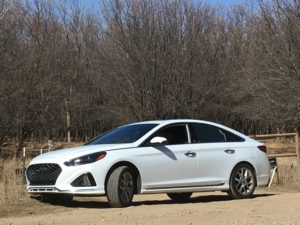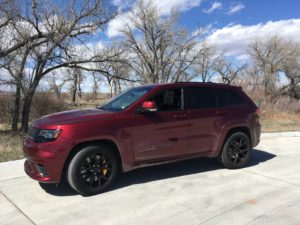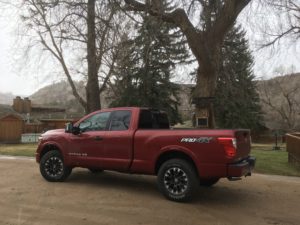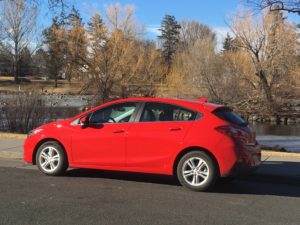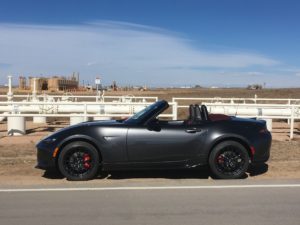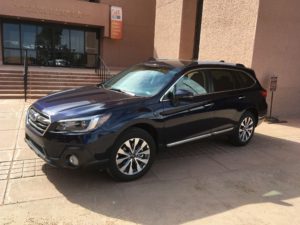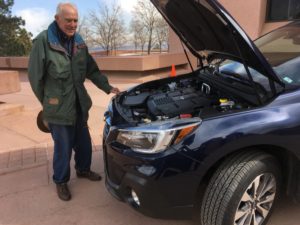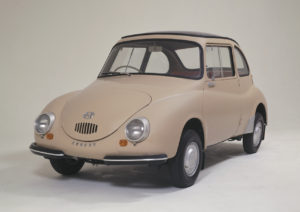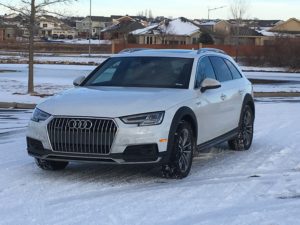
Offroading along a sandhill trail following three or four rainfalls topped off 10 days for me in the driver’s seat of the 2019 Ram 1500 Rebel Crew Cab 4X4. Earlier, the rugged Rebel showed its mettle in an afternoon drive through Rist Canyon in Larimer County, then glitzed up a bit for carrying us to Denver for a bit of nighttime entertainment.
The Ram, a key player in the highly competitive half-ton pickup market, with the early release of its 2019 model gets a jump on the Ford F-150, Chevy Silverado, GMC Sierra, Toyota Tundra and Nissan Titan.
The new Ram is 4 inches longer than the ’18 model and 225 pounds lighter through use of high-strength steel in the frame, aluminum hood, tailgate and engine mounts.
Packed beneath the hood of the Rebel is its long-used 395-horsepower, 5.7-liter, Hemi V-8 engine and 8-speed automatic transmission; its shifter is a twister dial on the dash. The Ram is built to tow up to 12,700 pounds with a payload of 2,300 pounds. The growl on startup says it’s a Hemi; standard engine is a 305-hp, 3.6-liter V-6.
The 5,700-pound Ram provides outstanding ride comfort and exceptional cornering capability with its coil springs, new Bilstein monotube shocks/dampers and air suspension. The confidence in cornering and ability to control descents with the 8-speed tranny’s manual-mode gear locks added enjoyment during the drive through lightly traveled Rist Canyon and its adjacent areas north of Masonville and west of Fort Collins.
Our Saturday night drive was to the Goldspot Brewing Co., near Regis University, where son Kurt Wells was singing and playing guitar. Between musical selections, two young women, Cara Ferrier of New Jersey and Valerie Warner of New York, enthralled us with stories of their responsibilities in guiding expeditions for the U.S. Antarctic programs. Imagine tent-sleeping in weather as cold as 50-below.
Even with that smooth highway drive in to Denver and back, the Rebel produced no-better fuel mileage average than 16.3 miles per gallon, one of the few sub-par results in the tests. The Rebel 4X4 is rated at 15/21 mpg.
A locking rear differential is standard on the Rebel 4X4, with only a button-push for 4-high and 4-low positioned with the shift dial.
A restyled, aggressive-looking grille lends newness to the ’19 Rebel; the extended length of its body may offer the roomiest rear-seating area of any of the half-ton, crew cab pickups.
Even though the Ram’s pricing list showed it with step rails, there was none, and with the lower set from air suspension, it still required a 26-inch step-in height.
A dual-pane panoramic sunroof, power-folding heated mirrors with signals, 8.4-inch touchscreen navigation/audio, heated front leatherette seats, remote start system and blind-spot/rear cross-path detection boosted price of the Ram to $59,150.
Available soon for the Ram, with either the Hemi V-8 or Pentastar V6 power, will be an eTorque, 48-volt mild hybrid technology which can boost takeoff, restart engine on stop/start and help keep the battery charged, as well as reclaim charge from regenerative braking.



